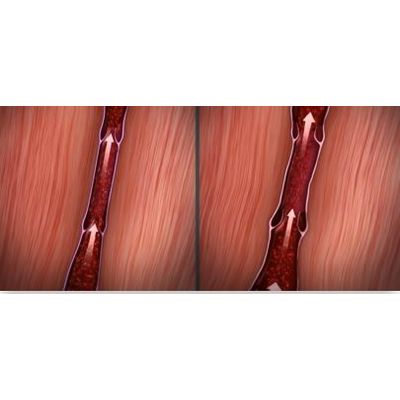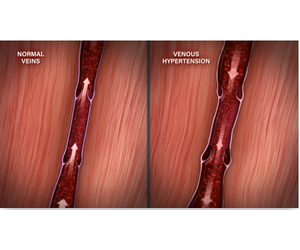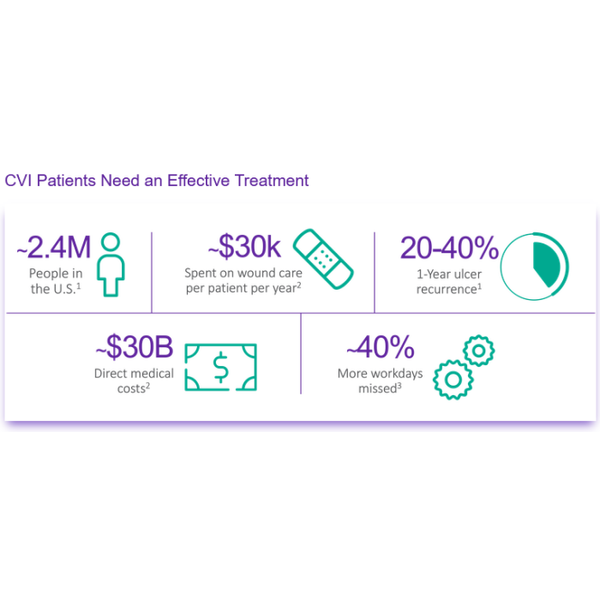

- Home
- Companies
- enVVeno Medical
- Applications
- VenoValve - Surgically Implanted Valve ...

VenoValve - Surgically Implanted Valve for Chronic Venous Insufficiency (CVI) - Medical / Health Care
Chronic Venous Insufficiency (CVI) is a large subset of Chronic Venous Disease (CVD) which occurs as a result of increased venous pressure (venous hypertension) within the veins of the leg, most often caused by the failure of valves within the veins of the leg to properly open and close (valvular incompetence).
Once blood has been circulated through the lower body, the calf and leg muscles serve as a pump to squeeze the blood up the veins of the leg, against gravity, and through the series of one-way valves. In a healthy person, the venous system acts in a similar manner to locks and dams along a river. When blood propelled by the calf muscle reaches a valve, the valve opens, the blood passes through, the valve is supposed to close, and the blood moves on to the next valve much like a climber who ascends the rungs of a ladder.
In the leg, a series of one-way valves help move blood up the leg, against gravity, and back up to the heart.
Diseased Vein
When valves in the veins of the legs become incompetent, they begin to leak and, if destroyed, they do not close at all. If a rung were to break while climbing a ladder, gravity takes over and the climber falls to the ground. The same thing happens with blood in the veins of the leg when valves fail. The calf muscle pushes the blood up the veins, but if the valves don’t hold, gravity takes over and the blood flows back in the wrong direction (reflux) and pools in the lower leg and ankle area. With nowhere to go, the pooling blood causes increased pressure inside of the veins of the leg (venous hypertension).
- Reflux – blood flows in the wrong direction
- Blood pooling in the lower leg
- Venous hypertension
- Pain
- Edema
- Ulceration


